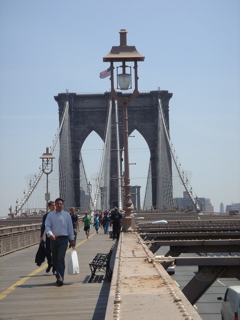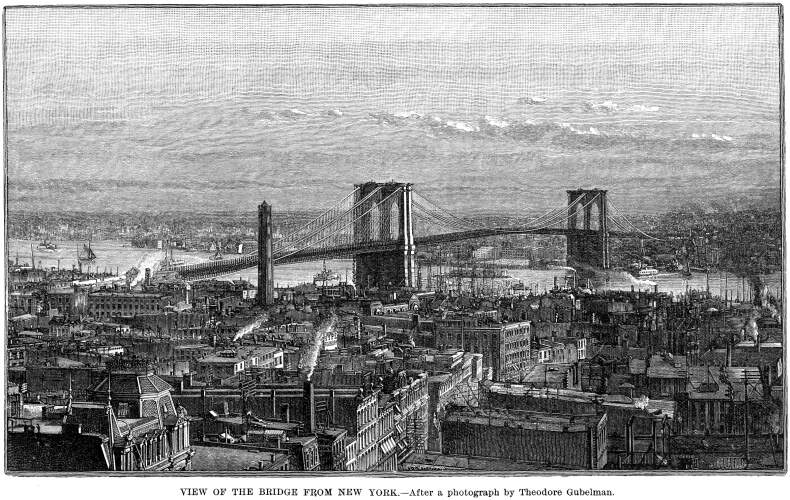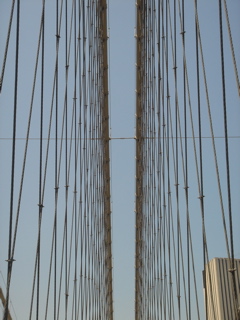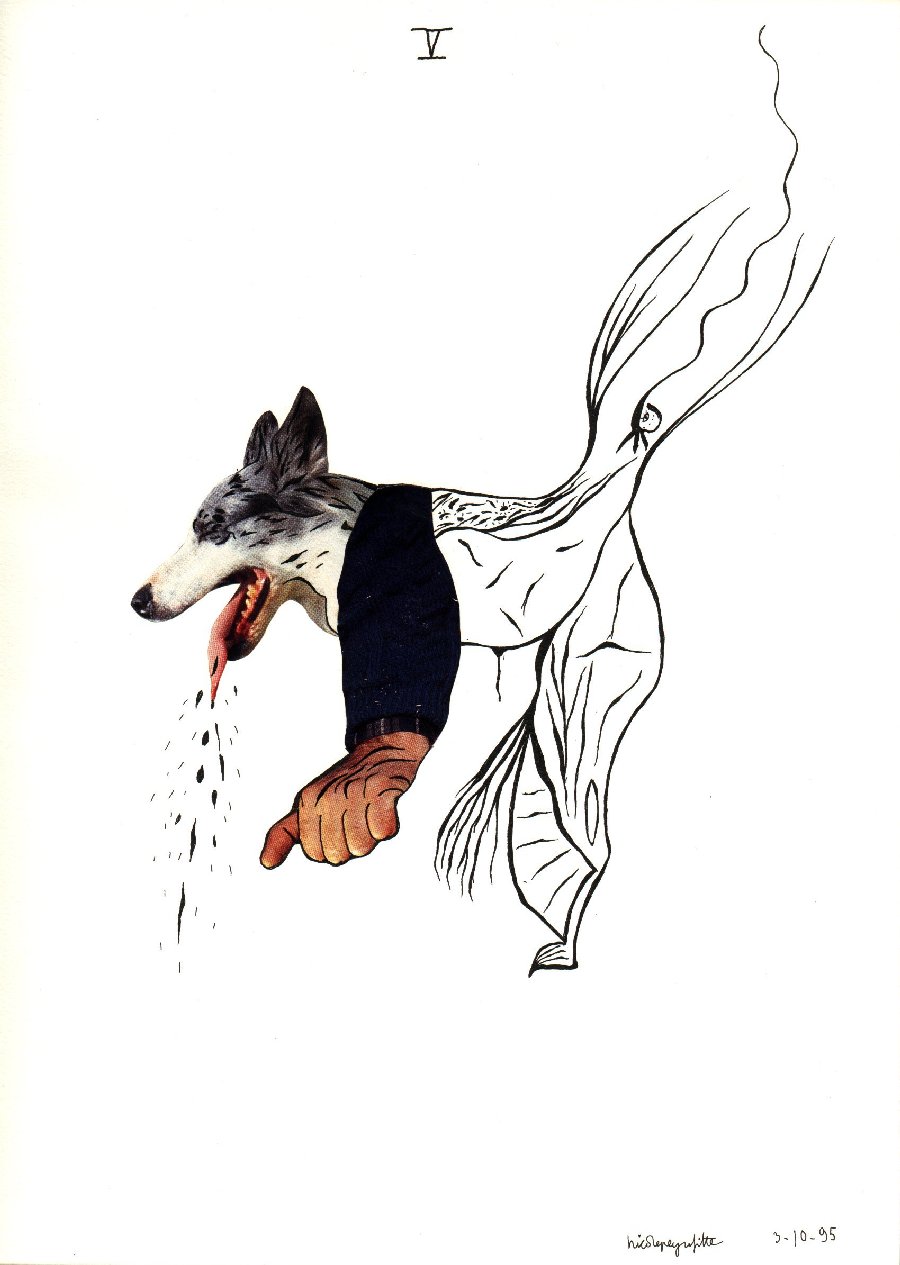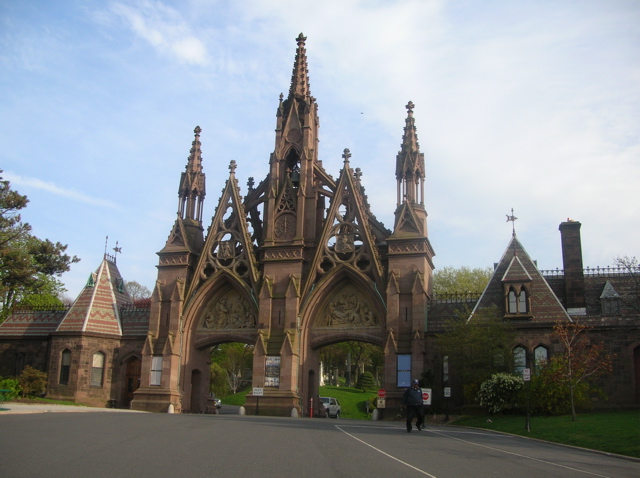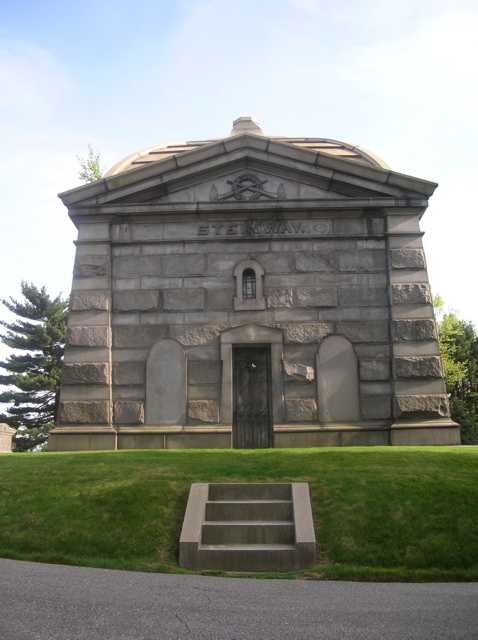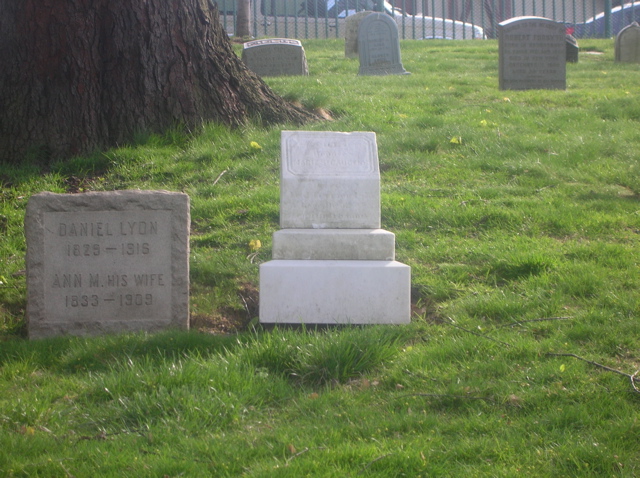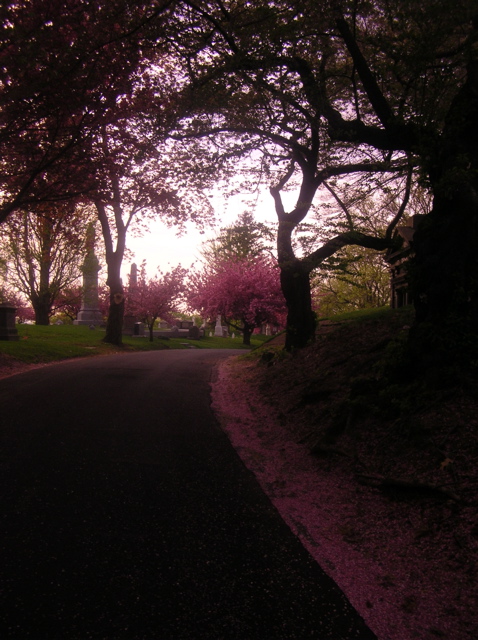“SUVs in America are competing with eaters around the rest of the world for good food and arable land. You can imagine who is going to win.” Michael Pollan
Michael Pollan is always an inspiration. He is professor at the U.C Berkeley Graduate School of Journalism, writes regularly for the New York Times Magazine, and author of many enlightening books. Recently I subscribed to his “upcoming events related to Michael Pollan” and I wanted to share the latest communication, this article makes a lot of sense to me:
“I think you’ll be interested in this interview, “Michael Pollan on What’s Wrong With Environmentalism,” from a terrific new on-line environmental magazine called e360. It’s published by Yale University and edited by Roger Cohn, the former editor of Mother Jones and Audubon –and is full of good stuff.
http://e360.yale.edu/content/feature.msp?id=2031
Best,
Michael”
Below a list of webcast & videos :
Michael Pollan speak @ Google March 8 2008
http://www.boingboing.net/2008/05/05/explaining-food-vs-n.html
Berkeley Podcasts:
| 11/05/07 | The Death of Environmentalism Sponsored by Graduate School of Journalism |
Michael Pollan – Moderator | |
| 3/21/07 | Food Fight: A Teach-in On the 2007 Farm Bill Sponsored by Graduate School of Journalism |
Various | |
| 2/27/07 | The Past, Present, and Future of Food Sponsored by Graduate School of Journalism |
Michael Pollan | |
| 4/17/06 | The Omnivore’s Dilemma Sponsored by Graduate School of Journalism |
Michael Pollan | |
| 10/26/05 | Berkeley Writers at Work: Michael Pollan Sponsored by College Writing Programs |
Michael Pollan | |
| 10/13/04 | Bush Science: Use and Abuse of Science in Policymaking Sponsored by Graduate School of Journalism |
Various | |
| 12/11/03 | The Pulse of Scientific Freedom in the Age of Biotech Industry Sponsored by Graduate School of Journalism |
Various | |
| 11/24/03 | Fast Food World: Perils and Promises of the Global Food Chain Sponsored by Graduate School of Journalism |
Various | |
| 11/20/03 | The Politics of Obesity Sponsored by Graduate School of Journalism |
Various | |
| 11/13/02 | The Ecology of Food – Panel with M. Pollan and Others Sponsored by UC Berkeley |
Various Pollan | |
| 11/12/02 | Michael Pollan: Cannabis, the Importance of Forgetting, and the Botany of Desire Sponsored by Townsend Center for the Humanities |
Michael Pollan | |
| 9/23/02 | Factory Food: Are the Alternatives Viable? Sponsored by Graduate School of Journalism |
Various |
Clich her for Michael Pollan website for a complete bliography and more info.



